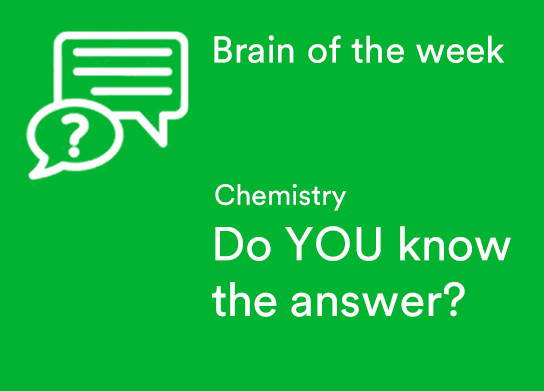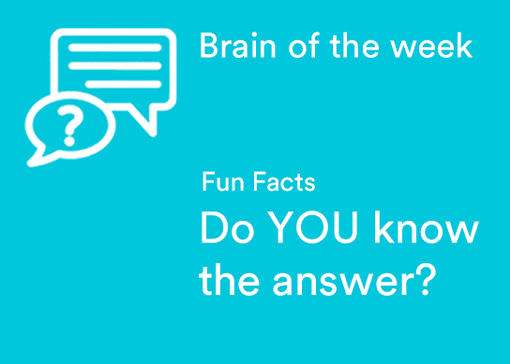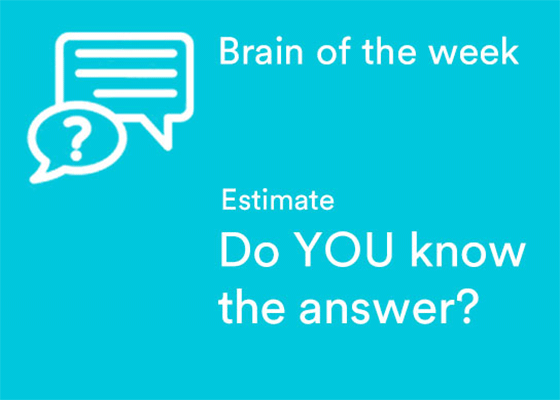Which substance is not one of the three hard substances of the tooth?
Brain of the Week – Chemistry


Teledentistry is having a moment. COVID-19 has necessitated a new way of communicating with and caring for our patients – outside of the dental chair.
What was once a nice-to-have increasingly is becoming a need-to-have.
I already leveraged the power of teledentistry in my practice pre-pandemic by using OperaDDS and working with the Dental Standards Institute (DSI).
The DSI advocates for patients by establishing standards for emerging technologies. Post-pandemic, I hope more peers will see the value of adding teledentistry to their clinics.

The term “teledentistry” can cause confusion. I define teledentistry as any time you electronically communicate with a patient, provider or dental lab remotely. Teledentistry differs from telemedicine in terms of the types of care provided.
I provide three types of care for teledentistry: triage, virtual consultation, and ongoing care. In triage, I’ll assess patient needs and advise on appropriate treatment. During a virtual consultation, I’ll engage with the patient and offer recommended care based on records. For ongoing care, I monitor patient progress after initial treatment.
Teledentistry is much more than a description of how or when a communication occurs – it reflects the way we care for and improve the patient experience using technology.

It’s not uncommon for one industry to borrow insight, inspiration and tools from another, and I experienced this phenomenon firsthand when I dented my car.
I sent an image of the dent to the shop, and they were able to assess the damage and provide an estimate, including time and cost for repairs. I had an epiphany: Why couldn’t the same approach be applied in dentistry?
The implications for this advanced technology are powerful. Triage could save time and money by helping a patient schedule the right restorative procedure. Virtual consultations could help mitigate fears for patients with dental anxiety. Ongoing care would allow for a check-in on an extraction without an in-office visit.

As we look to the future, I believe we’ll see more dentists embracing teledentistry. My advice? Don’t wait. Embrace the benefits now.
If we think back to the vehicle repair analogy, imagine how easy and efficient it would be to anticipate patient needs and plan the visit ahead of time. You’d cut costs with fewer unnecessary visits. As patients become more selective about the care they receive, they’ll likely seek providers who offer remote options. Not to mention, teledentistry adds convenience for staff, too.
Post COVID, I hope we’ll see more HIPAA-compliant options and operational technology that enhances the experience for patients. I anticipate an increased use of asynchronous technology, or tools that allow people to connect and collaborate at different times. For instance, a patient submits a photo on vacation in a different time zone and the dentist views it upon receipt.
More texting or emailing up front could help prepare patients and dentists for when the synchronous, real-time video call does occur.

If you’re a dentist, and you’re still not sold on the power and potential of teledentistry, I’d like to close with an anecdote.
Once, I was at my son’s baseball game, and I received a patient call. My son was up to bat, but I decided to take the call.
My son hit a double. I missed the moment.
If asynchronous technology were available, I would have been able to see and assess the patient’s needs with a photo that I could have viewed pre- or post-baseball game.
One of the reasons we leverage technology – from text to email to virtual meetings – is that it makes our lives easier. It allows us to be present when and where it matters. Why not apply that same approach to care?
I’d like to imagine a world where we don’t have to choose between quality family time and quality patient care. It’s not one over the other – it’s both.
To me, that’s the ultimate homerun.

Brain of the Week – Chemistry

Brain of the Week – Fun Facts

Brain of the Week – Estimate